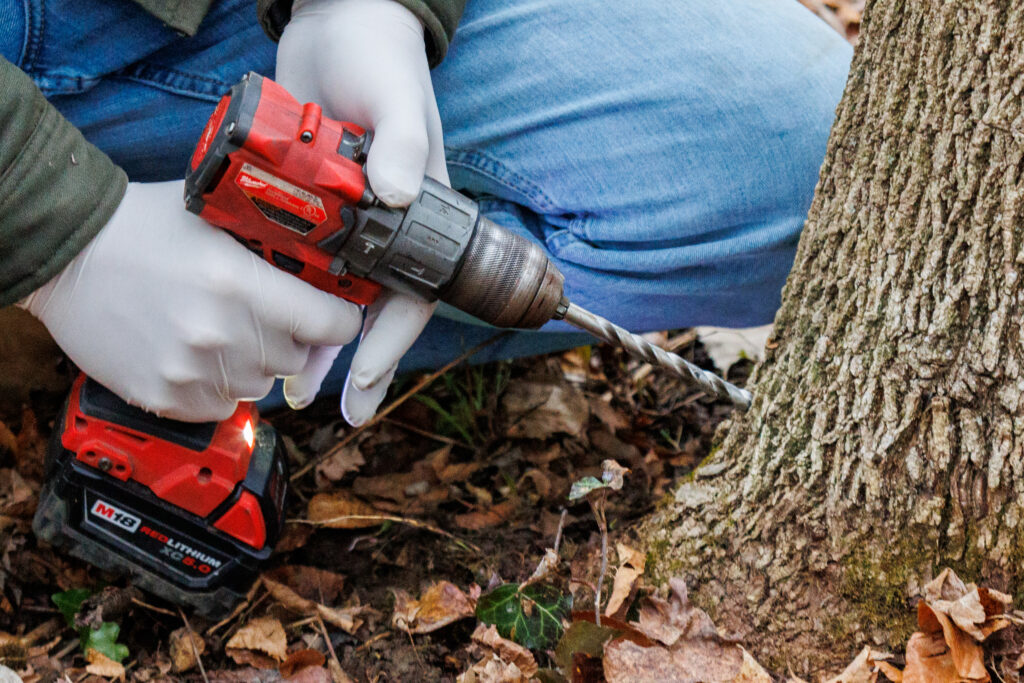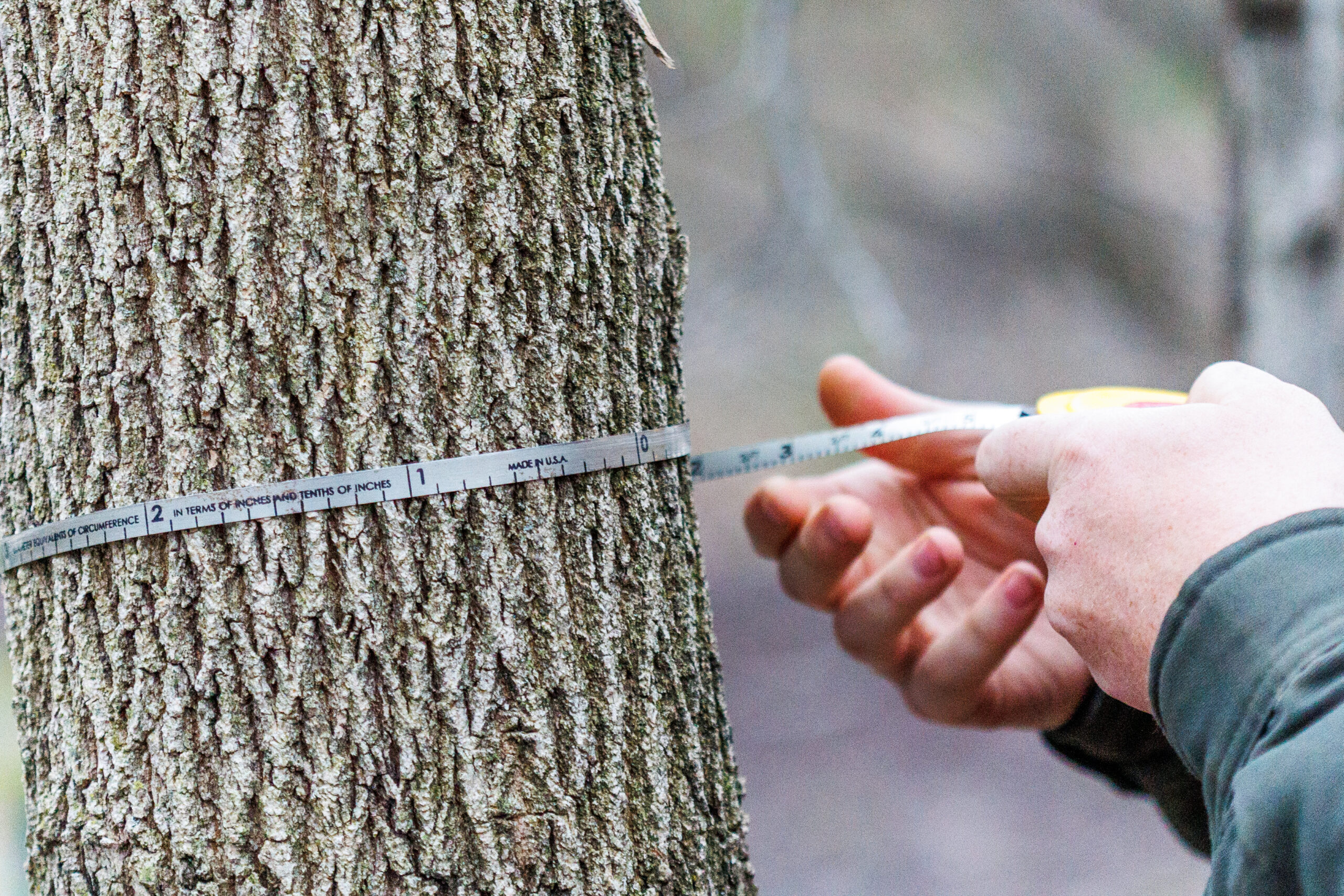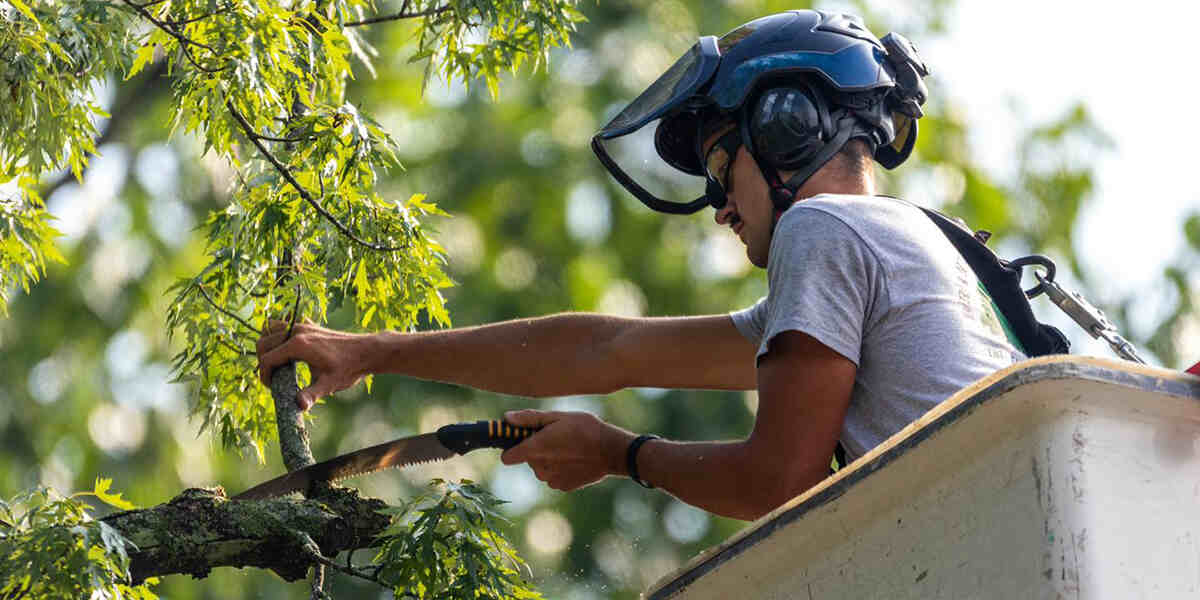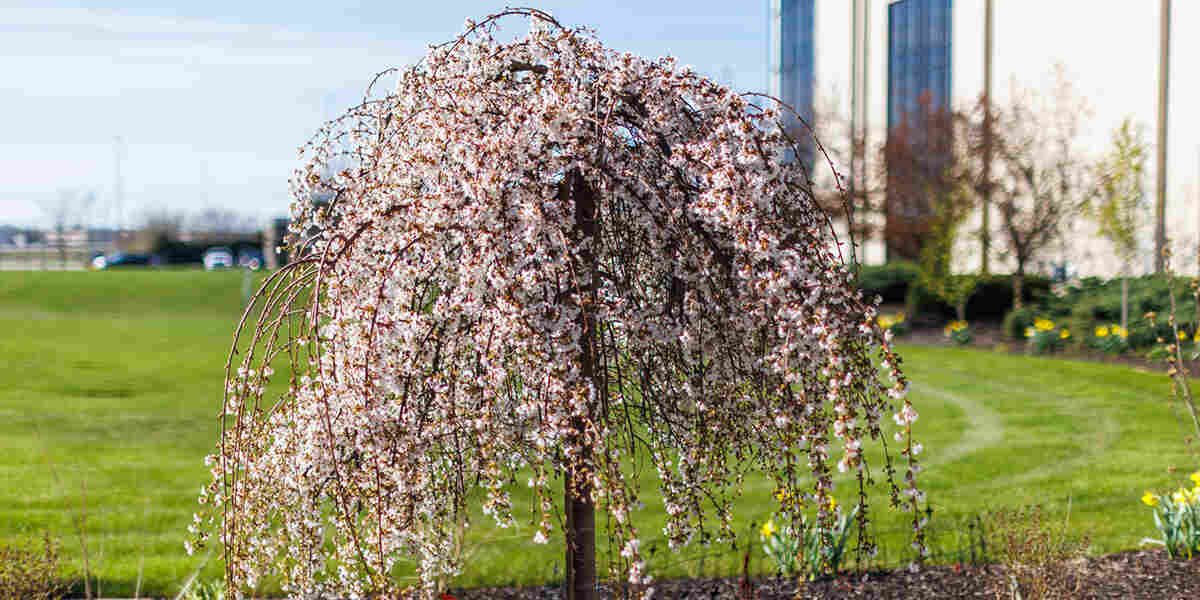Signs of Unhealthy Trees: How to Identify and Address Them
As a tree owner in Pierceton, it’s important to be able to identify signs of unhealthy trees. Trees are not only beautiful additions to our landscapes, but they also provide shade, clean air, and many other benefits. When a tree is unhealthy, it can not only be an eyesore but also a potential hazard. If you notice any issues, Pierceton’s tree service company can provide expert care to restore your tree’s health and ensure your landscape remains safe and beautiful. Here are some key signs to look out for and steps you can take to address any issues.
1. Leaf Problems
One of the most common signs of an unhealthy tree is problems with its leaves. If you notice leaves that are discolored, wilted, or have unusual spots or holes, it may indicate an underlying issue. For example, yellow or brown leaves could be a sign of nutrient deficiency or overwatering. On the other hand, leaves with spots or holes may indicate a pest or disease problem.
To address leaf problems, start by identifying the cause. If it’s a nutrient deficiency, you can apply a balanced fertilizer to the soil around the Pierceton tree. If overwatering is the issue, adjust your watering schedule accordingly. For pest or disease problems, it’s best to consult with a professional arborist who can recommend appropriate treatments.
2. Bark Abnormalities
The bark of a tree can also provide valuable insights into its health. Healthy tree bark should be smooth and free of cracks or peeling. If you notice any abnormalities, such as deep cracks, oozing sap, or areas of missing bark, it could be a sign of an underlying problem. Learn more about these signs here!
One common issue that can affect tree bark is a fungal infection. Fungi can cause the bark to decay or develop cankers, which are sunken areas on the trunk or branches. These cankers can weaken the tree and make it more susceptible to other diseases or pests.
If you notice any bark abnormalities, it’s important to take action. Start by gently removing any loose or damaged bark. If the issue persists or worsens, consult with an arborist who can assess the situation and recommend appropriate treatments.
3. Structural Instability
Another sign of an unhealthy tree is structural instability. If you notice leaning, leaning, or branches that appear to be hanging precariously, it could indicate a problem with the tree’s root system or overall stability.
Structural issues can be caused by a variety of factors, including root damage, poor pruning practices, or severe weather conditions. It’s important to address these issues promptly to prevent any potential hazards.
If you suspect that your tree has structural problems, it’s best to consult with a professional arborist. They can assess the tree’s stability and recommend appropriate measures, such as cabling or bracing, to ensure its safety.
Conclusion
Keeping an eye out for signs of unhealthy trees is essential for maintaining the beauty and safety of your landscape. By being proactive and addressing any issues promptly, you can help your trees thrive and continue to provide the many benefits they offer.
If you’re unsure about the health of your trees or need assistance with tree care, don’t hesitate to reach out to a professional arborist. They have the knowledge and expertise to diagnose and treat tree health issues, ensuring the longevity of your trees for years to come.
Signs of Unhealthy Trees: How to Identify and Address Them
As a tree owner in Pierceton, it’s important to be able to identify signs of unhealthy trees. Trees are not only beautiful additions to our landscapes, but they also provide shade, clean air, and many other benefits. When a tree is unhealthy, it can not only be an eyesore but also a potential hazard. Here are some key signs to look out for and steps you can take to address any issues.
1. Leaf Problems
One of the most common signs of an unhealthy tree is problems with its leaves. If you notice leaves that are discolored, wilted, or have unusual spots or holes, it may indicate an underlying issue. For example, yellow or brown leaves could be a sign of nutrient deficiency or overwatering. On the other hand, leaves with spots or holes may indicate a pest or disease problem.
To address leaf problems, start by identifying the cause. If it’s a nutrient deficiency, you can apply a balanced fertilizer to the soil around the tree. If overwatering is the issue, adjust your watering schedule accordingly. For pest or disease problems, it’s best to consult with a professional arborist who can recommend appropriate treatments.
2. Bark Abnormalities
The bark of a tree can also provide valuable insights into its health. Healthy tree bark should be smooth and free of cracks or peeling. If you notice any abnormalities, such as deep cracks, oozing sap, or areas of missing bark, it could be a sign of an underlying problem. Learn more about these signs here!
One common issue that can affect tree bark is a fungal infection. Fungi can cause the bark to decay or develop cankers, which are sunken areas on the trunk or branches. These cankers can weaken the tree and make it more susceptible to other diseases or pests.
If you notice any bark abnormalities, it’s important to take action. Start by gently removing any loose or damaged bark. If the issue persists or worsens, consult with an arborist who can assess the situation and recommend appropriate treatments.
3. Structural Instability
Another sign of an unhealthy tree is structural instability. If you notice leaning, leaning, or branches that appear to be hanging precariously, it could indicate a problem with the tree’s root system or overall stability.
Structural issues can be caused by a variety of factors, including root damage, poor pruning practices, or severe weather conditions. It’s important to address these issues promptly to prevent any potential hazards.
If you suspect that your tree has structural problems, it’s best to consult with a professional arborist. They can assess the tree’s stability and recommend appropriate measures, such as cabling or bracing, to ensure its safety.
Conclusion
Keeping an eye out for signs of unhealthy trees is essential for maintaining the beauty and safety of your landscape. By being proactive and addressing any issues promptly, you can help your trees thrive and continue to provide the many benefits they offer.
If you’re unsure about the health of your trees or need assistance with tree care, don’t hesitate to reach out to a professional arborist. They have the knowledge and expertise to diagnose and treat tree health issues, ensuring the longevity of your trees for years to come.

FAQs
What are common signs of leaf problems in unhealthy trees in Pierceton, IN? Common leaf problems include discoloration (yellow or brown leaves), wilting, and the presence of spots or holes, which could indicate nutrient deficiencies, overwatering, or pest and disease issues.
How can I address issues related to tree bark abnormalities? Address bark abnormalities by gently removing loose or damaged bark and consulting with an arborist if you notice deep cracks, oozing sap, or areas of missing bark, as these can be signs of fungal infections or other health problems.
What does structural instability in trees indicate, and how can it be addressed? Structural instability, such as leaning or precariously hanging branches, can indicate root system issues or damage. Address these problems by consulting with an arborist who can assess the tree’s stability and recommend solutions like cabling or bracing.
When should I consult a professional arborist about my tree’s health? Consult a professional arborist if you notice any significant signs of unhealthy trees, like persistent leaf problems, bark abnormalities, or structural instability, as they can provide expert diagnosis and treatment options.
Can an unhealthy tree become healthy again, and what steps can be taken? Yes, an unhealthy tree can often recover if problems are addressed early. Steps include proper watering, fertilizing, pruning, and treating diseases or pests as recommended by an arborist, based on the specific issues affecting the tree.



